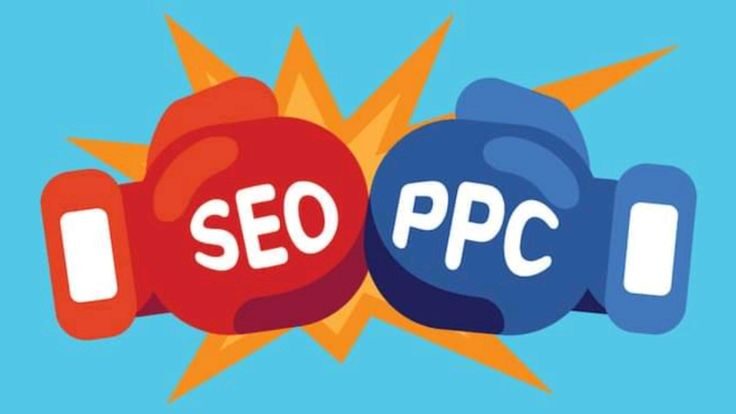In the modern digital marketing world, businesses are constantly exploring strategies to increase visibility, attract customers, and boost conversions. One of the biggest decisions marketers face is whether to invest in search engine optimization (SEO) or paid advertising. The debate of SEO vs. Paid Ads is ongoing—and for good reason. Each offers unique advantages and suits different business goals.
This article explores the key differences between SEO and Paid Ads, the benefits and drawbacks of each, and how to determine the best approach for your business.
This discussion about “SEO vs. Paid Ads” is a big one, and for good reason. Each approach has its own special benefits and drawbacks, meaning one might be a perfect fit for some business goals while the other is better for different ones.
For example, SEO is all about making your website naturally appear higher in search engine results like Google. This involves making sure your website has great, helpful content, is easy for people to use, and is technically sound so search engines can easily understand it.
The big advantage here is that once you rank well, you get “free” traffic over a long period, which can be very cost-effective in the long run and builds trust with users who see your site as a credible source. However, it takes time and consistent effort to see results with SEO, often several months.
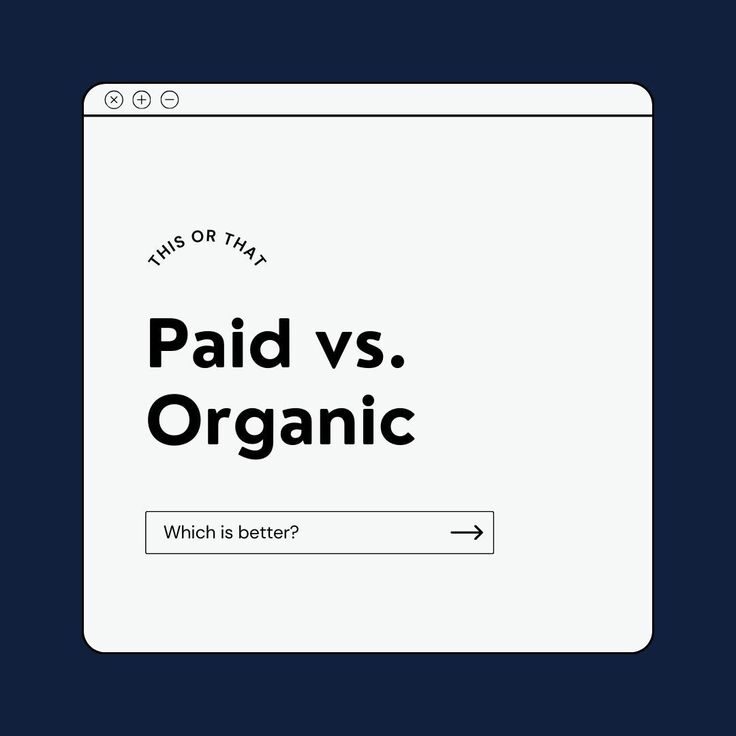
SEO vs. Paid Ads: What’s Best for Your Business?
Understanding SEO
Search Engine Optimization, commonly known as SEO, is the process of optimizing your website to improve its visibility on search engines like Google. The goal is to appear on the first page of search results for relevant keywords without paying for placement.
Advantages of SEO
- SEO provides long-term results. Once your pages rank, they can continue to bring in organic traffic with minimal ongoing investment.
- It builds credibility. Users tend to trust organic results more than paid ones, viewing them as more legitimate or authoritative.
- It’s cost-effective over time. While the upfront effort may be significant, the long-term returns often outweigh the costs.
- It supports brand growth. Consistent content and on-page SEO efforts contribute to greater brand recognition.
Limitations of SEO
- It takes time. SEO is a long-term strategy and can take months before showing significant results.
- Search engine algorithms are constantly evolving, requiring ongoing optimization.
- Competition can be intense for high-value keywords, especially in saturated markets.
What Are Paid Ads?
Paid advertising, also known as pay-per-click (PPC), refers to placing ads on search engines or social media platforms by paying for clicks or impressions. Common platforms include Google Ads, Facebook Ads, and Instagram Ads.
Advantages of Paid Ads
- Results are immediate. Ads can start generating traffic within hours of launching a campaign.
- It allows for detailed targeting. You can choose your audience based on demographics, interests, location, and more.
- Campaign performance is easy to track. Paid platforms offer robust analytics and reporting tools.
- Paid ads are highly flexible. You can pause, edit, or scale campaigns quickly based on performance.
Limitations of Paid Ads
- It can become expensive. High-competition keywords drive up costs, and continuous investment is needed to sustain traffic.
- Ads stop when the budget runs out. Unlike SEO, there’s no lasting impact once the campaign ends.
- Users often ignore ads. Many consumers skip or block ads, reducing their effectiveness.
Key Differences Between SEO and Paid Ads
When comparing SEO vs. Paid Ads, consider a few essential factors: speed, cost, sustainability, targeting, and trust. SEO is a marathon, offering long-term growth and brand visibility. Paid ads are a sprint, offering instant traffic and conversions—but at a cost.
For instance, if your business needs traffic next week for a product launch, paid ads might be the smarter option. But if you’re building a sustainable, search-friendly brand presence, investing in SEO will pay off over time.
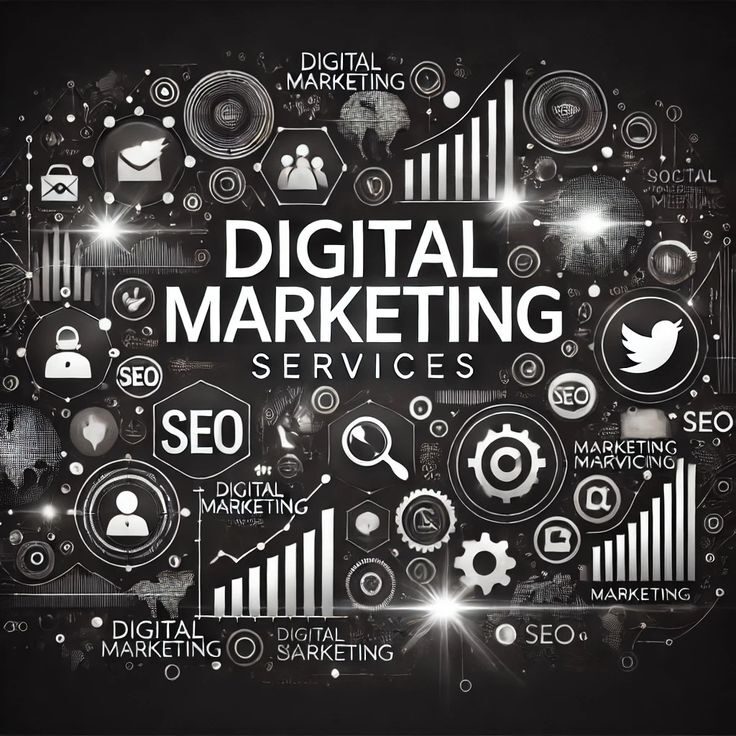
When to Use SEO
SEO is the ideal choice when:
- You’re focused on long-term growth.
- You have time to build authority in your niche.
- You operate in an industry where customers research heavily before buying.
- You want to reduce dependency on paid media over time.
Consider a business like a consulting firm, which thrives on thought leadership and in-depth content. SEO positions such a company as an industry expert.
When to Use Paid Ads
Paid advertising works best if:
- You need fast results for an upcoming campaign or sale.
- You’re launching a new product or service.
- Your business has a short buying cycle or impulse-driven customers.
- You want to retarget previous visitors or recover abandoned carts.
For example, an online fashion retailer running a seasonal sale would benefit greatly from paid social media ads.
Using SEO and Paid Ads Together
While businesses often compare SEO vs. Paid Ads as an either-or decision, combining both strategies is often the most effective approach. SEO brings in long-term organic traffic, while paid ads deliver immediate results and help test what works.
By using paid ads to discover which keywords convert best, you can then craft content and SEO strategies around those insights. At the same time, SEO content builds trust and authority, which strengthens your paid campaigns over time.
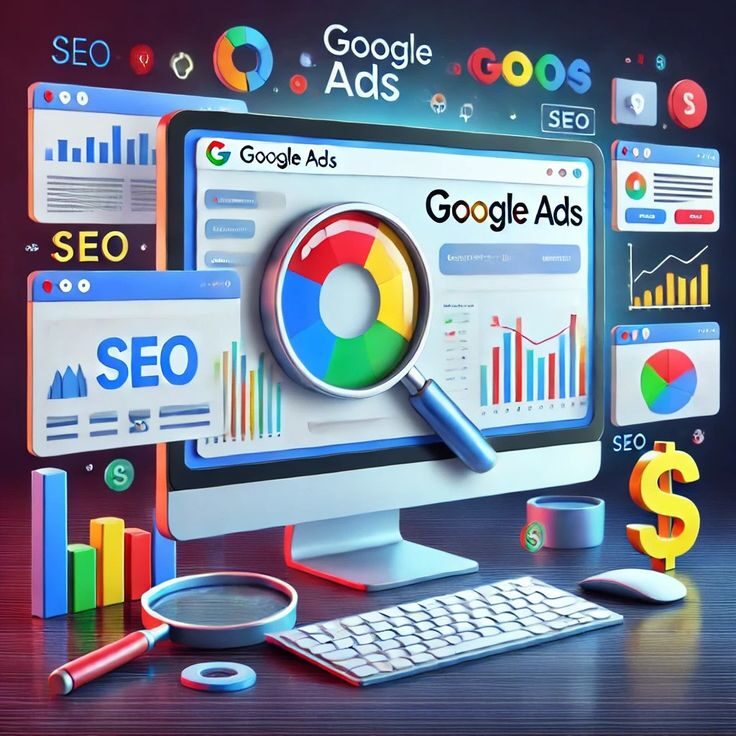
Frequently Asked Questions
What’s the Core Difference Between SEO and Paid Ads?
The fundamental distinction between SEO and Paid Ads boils down to their cost structure and the longevity of their impact. With SEO, you’re working to earn your way to the top of search engine results, like Google. This means putting in the effort to create high-quality, relevant content, ensuring your website is technically sound, and building a strong online reputation. The traffic you get from SEO is often called “organic” because you don’t pay directly for each click. On the flip side, Paid Ads require a direct financial investment. You pay to have your ads displayed prominently, often at the very top of search results or on various websites.
Is SEO Better for Long-Term Growth?
Yes, absolutely. For long-term brand visibility and sustainable traffic, SEO is generally more effective. Once your website achieves a high ranking in search results for relevant keywords, it can continue to attract visitors consistently without ongoing direct advertising costs. This consistent, “free” flow of traffic is incredibly valuable for building brand authority and establishing a lasting online presence. It’s an investment that pays dividends over time, making it ideal for businesses focused on sustained growth and becoming a trusted resource in their industry.
Are Paid Ads a Worthwhile Investment?
Definitely! Paid Ads are incredibly valuable when you need immediate results. Imagine you’re launching a brand-new product, running a flash sale, or promoting a limited-time event. Paid Ads can get your message in front of your target audience almost instantly. They also offer precise targeting options, allowing you to show your ads only to specific demographics, locations, or people with particular interests. This precision, combined with the ability to track your return on investment (ROI) very closely, makes them a powerful tool for achieving short-term goals, generating quick leads, or even testing out new product ideas and market segments.
Can I Use Both SEO and Paid Ads Together?
Absolutely, and in fact, it’s often the best strategy! Combining both SEO and Paid Ads creates a powerful, synergistic approach. While your SEO efforts are diligently working to build long-term authority and attract organic traffic, Paid Ads can step in to fill any immediate visibility gaps and drive quick conversions. For example, you might use Paid Ads to target highly competitive keywords where ranking organically is challenging, or to promote specific offers that need immediate attention. This hybrid approach allows you to leverage the strengths of both strategies, helping you to scale your online presence, adapt to market changes, and achieve both your short-term sales targets and long-term brand-building objectives.
How Long Does It Take to See Results from SEO?
Unlike the almost instant visibility of Paid Ads, results from SEO efforts typically take time—usually three to six months, or even longer. The exact timeframe depends on several factors: how competitive your industry is, the overall quality and relevance of your website’s content, and the strength of your website’s backlink profile (links from other reputable websites). SEO is an ongoing process that requires consistent effort, patience, and adaptation to search engine algorithm changes. It’s not a one-and-done task; it’s a marathon, not a sprint.
Why Do Some Businesses Rely Only on Paid Ads?
Some businesses opt to focus primarily on Paid Ads due to their immediate need for rapid exposure. This is especially common during critical periods like a new product launch, a seasonal sales push, or when trying to quickly enter a new market. They might also be operating with limited internal resources or expertise to manage the complexities and ongoing demands of a long-term SEO strategy. For these businesses, Paid Ads offer a more convenient and controlled solution, allowing them to quickly allocate budget and see measurable results without the extensive time commitment SEO requires.
In the long run, SEO generally tends to be more cost-effective. Once your site ranks well, it continues to generate traffic without additional per-click costs, providing a sustained return on your initial investment in content creation and optimization. However, for short-term ROI and immediate impact, Paid Ads can be more cost-effective, especially if you have a very specific campaign objective and a clear target audience. For instance, if you need to sell 100 units of a new product within a week, a well-run Paid Ad campaign might be the most efficient way to achieve that specific goal, even if the per-click cost is higher.
How Can I Decide Which Strategy Is Best for My Business?
To figure out the best approach for your business, carefully consider your overarching business goals, your desired timeline for results, and your available budget.
- If your primary objective is building a strong brand, establishing long-term authority, and attracting consistent, organic traffic over time, then investing in SEO should be a priority. You’ll need patience, but the long-term benefits are substantial.
- If you have immediate needs for leads, sales, or website traffic, perhaps for a new product launch or a limited-time promotion, then starting with Paid Ads will likely provide the fastest results.
Many successful businesses find that the most effective strategy involves starting with one approach that aligns with their most pressing needs and then gradually incorporating the other over time. This allows you to leverage immediate gains while simultaneously building for sustainable future growth.
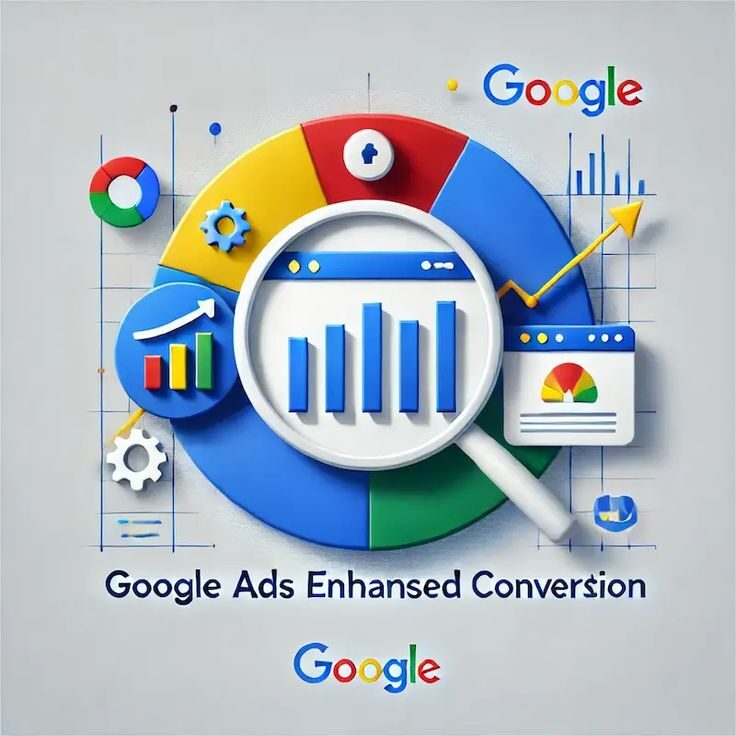
Conclusion
So, what’s best for your business—SEO or Paid Ads? The answer depends on your goals, budget, and timeline.
If you’re aiming for long-term sustainability and organic growth, SEO is the way to go. If you need short-term traffic or want to promote something urgently, Paid Ads are more suitable. In many cases, a smart combination of both methods drives the best results.
Understanding the strengths and weaknesses of each approach empowers you to make informed decisions that align with your business objectives. Whether you prioritize cost-effectiveness, speed, or customer trust, you can tailor your strategy to ensure success in the digital space.
If you want expert guidance, strategy, and execution that delivers real results—reach out to the professionals at Urban Dive Marketing (UDM) and you can also contact us on whatsapp or call us directly 03475159209

